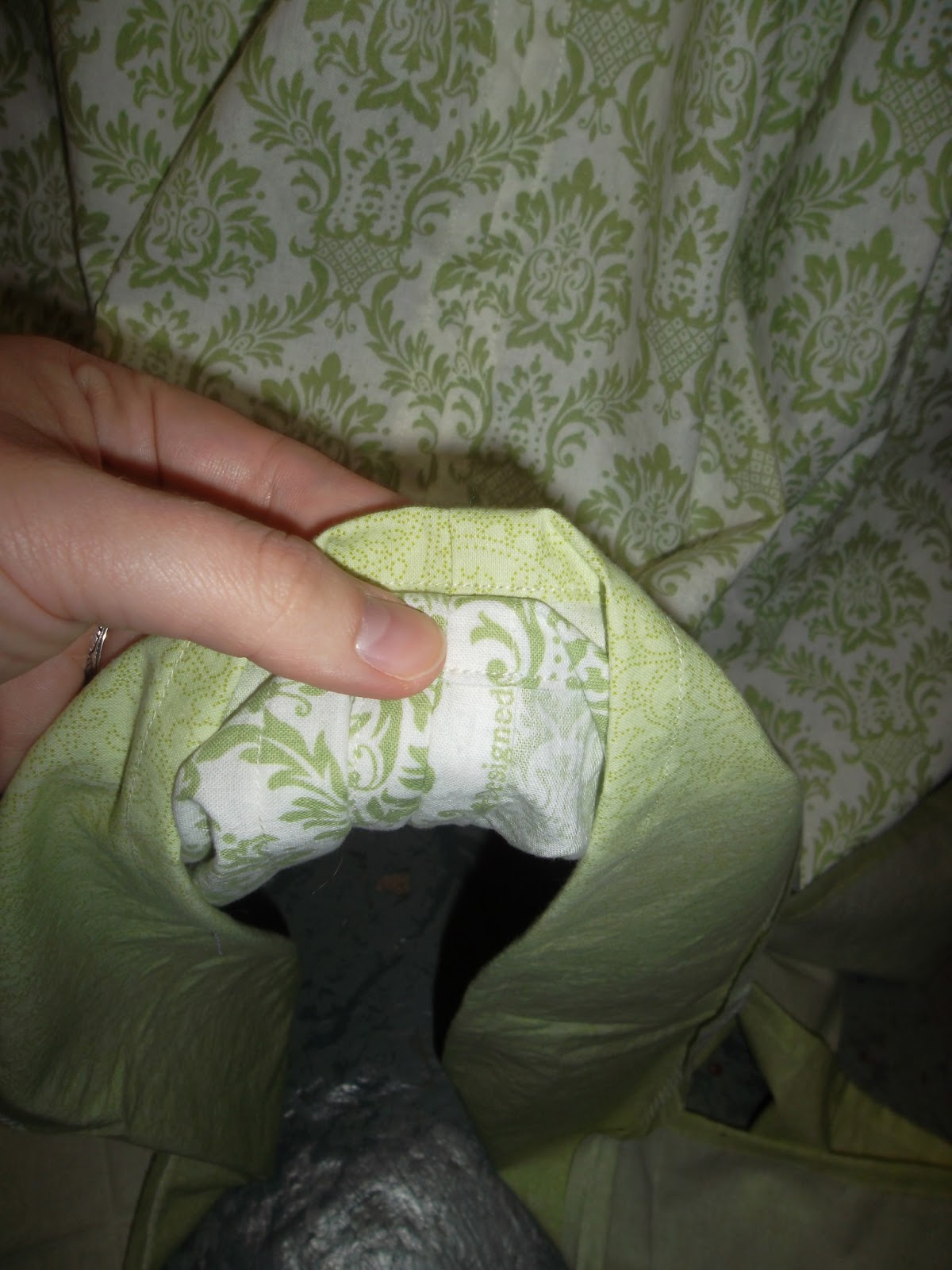There are some of us in my LARPing community that take costuming a bit more seriously than others. More and more, there are appears to be something of a crowbar between those that *garb* and those that have transcended into *seamstresses/tailors*. I am of the belief that every average LARPer should be able to slap together a pair of pants and a tunic for themselves, as I believe in self-sufficiency, but something along the lines of an embroidered doublet with slash-and-poof sleeves... Well, that can be left to those that take the craft of sewing more seriously.
I sincerely *enjoy* that there are more and more folks that are taking sewing, not just garbing, more seriously. It is easier and easier for me to find people where we can trade websites for supply houses for bizarre sewing notions (like, buckram waist-tape... more on that). I also enjoy it as it gives me an excuse to give classes on things like historical undergarments, and I'll know that not everyone will be bored out of their skulls.
For an upcoming class that I am holding, I'm putting together a set of Elizabethan underpinnings. They aren't 100% historically accurate, I like modern printed fabric and colors too much for that, but the whole point is that I'm creating a silhouette that my historical garments can rest on. Foundation, Foundation, Foundation.
Here is the Petticoat Part...
... Petticoats are important over hoops, because you don't want your hoop-bones to show!
 |
My faithful dress form, Geneveive, wearing her (my) hoop skirt.
Yes, I bought the darn thing instead of making it.
No, you can't judge me for it. $25 vs. $??? + Pain and Suffering. Right. |
 |
My fabric and notions selection for this project.
Please see above for my confession of loving modern colors and prints. |
 |
I could have also named this project,
"Directional Fabric; because Sometimes I Hate Myself". |
 |
Clever me did a couple things:
(1) This is the back-center seam.
It is opened to about 9" from the top, and the seams are pressed out and hemmed down. |
 |
| (2) This is one of the inner seams, and they are all "french". |
 |
I didn't get a picture of the knife-pleats, but just trust me when I say there are a lot of them.
(Pro Tip... use a fork!)
In this picture, though, I'm sewing on my waistband and folding in buckram waist tape.
This stuff is basically interfacing, but it will keep its stiffness for longer than typical interfacing will.
Either way you do it, you want to have a crisp, stiff waistband. |
 |
| Un-clever me decided that this kind of closure would be a good idea. |
 |
| When I became "Clever Me" again, I fixed it with a proper button hole and properly placed button. |
 |
| This is just a vanity picture of the hem on the skirt. |
 |
This is my ruffle, for the bottom hem.
It, too, is hemmed. |
 |
| It is also "french" seamed, for consistency's sake. |
 |
I hate gathering/ruffling. Hate it.
Here is phase 1 of my secret weapon against it.
Zig-zag stitch at maximum stitch width and length. |
 |
| Phase 2 is crochet thread. |
 |
| Phase three is zig-zagging the crochet thread into place, all along the top edge of the ruffle. |
 |
| It will look something like this as you go. |
 |
| When you meet yourself back at the starting point, you want to leave some tails for pulling. |
 |
| When I test-ran the skirt of the petticoat on the hoop, I found that I had a good length, so I am overlapping the ruffle on the skirt just a touch. |
 |
This is what that overlap looks like from the top.
Having the extra fabric under the ruffle is actually important, as it will support the ruffle and help it "fluff" out a bit more. |
 |
Pull the crochet thread, and it works like a drawstring, giving you this effect.
Then, it is just a matter of straight stitching the ruffle down into place.
Also, you'll probably want to pull out all of the crochet thread when you are done. |
 |
| Because I didn't want that ugly rough edge at the top of the ruffle showing, I'm covering it with some ribbon. |
 |
| I'm tacking down the ribbon on both edges, FYI. |
 |
| And there is the finished effect! |
 |
| Back View |
 |
| Front View |

























No comments:
Post a Comment